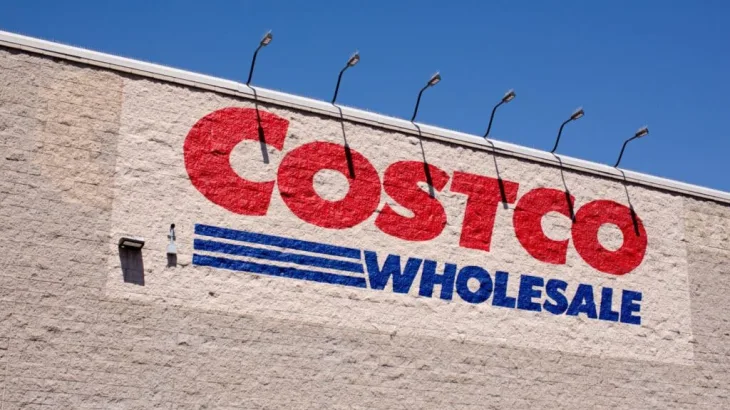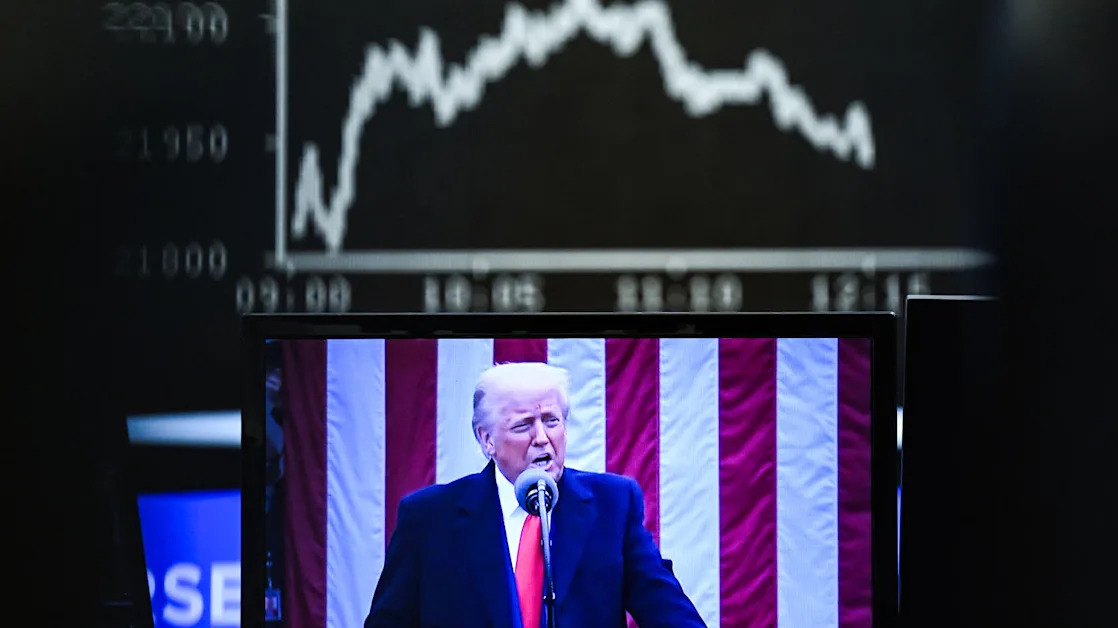(Bloomberg) -- US wholesale prices rose in January by more than forecast on higher food and energy costs, highlighting only limited progress on inflation ahead of tariffs imposed by the Trump administration.
The producer price index for final demand climbed 0.4% from a month earlier following an upwardly revised 0.5% increase in December, according to a Bureau of Labor Statistics report released Thursday. The median forecast in a Bloomberg survey of economists called for a 0.3% gain. Compared with a year ago, the PPI increased 3.5%.
Economists pay close attention to the report because several of its components feed into the Federal Reserve’s preferred inflation measure — the personal consumption expenditures price index. Those categories were more favorable in January, registering declines in most health care items and in airfares.
Stock futures climbed while Treasury yields and the dollar fell after the report.
The data on wholesale prices follow a surprising consumer price index report Wednesday that showed underlying inflation at the start of the year was highest since March. The figures sharply reduced odds that Fed policymakers will lower interest rates more than once in 2025, with some economists expecting no rate cuts due to the fallout from higher duties on imported goods.
“The components that feed into the Fed’s preferred PCE price measure were, on the whole, very tame,” Paul Ashworth, the chief North America economist at Capital Economics, said in a note. “Overall, better news than yesterday on price inflation, but core PCE still comes in well above the 2% target.”
Economists at Morgan Stanley, Goldman Sachs & Co. and Capital Economics were among those who pared their core PCE price index estimates compared with what they had penciled in after the CPI report.
Fed Chair Jerome Powell told lawmakers this week that inflation expectations “appear to remain well-anchored” and central bankers have scope to be patient with rate adjustments. Still, President Donald Trump’s policy proposals, including tariffs, have introduced some uncertainty to the economic outlook.
The PPI report showed a 1.1% increase in food prices, including a 44% jump in egg prices from a month earlier amid an ongoing influenza outbreak among US poultry flocks. Energy prices rose 1.7%. Excluding food and energy, the PPI climbed 0.3%, and 3.6% from January of last year.
Overall goods prices increased 0.6%, marking a third straight month of outsize advances. The cost of goods excluding food and energy was up a more modest 0.1% for a second month.
Prices of commodities more generally have been marching higher this year. The Bloomberg Commodity Index is near its highest level since May, in part reflecting higher prices for metals, corn and coffee.
Meanwhile, the PPI report showed services prices rose 0.3%. The BLS said a third of the increase was accounted for by a surge in the cost of traveler accommodation services. Portfolio management services costs, a category that feeds into the PCE index and largely tracks movements in the stock market, rose for a second month.
A separate report released Thursday by the Labor Department showed initial applications for US unemployment benefits declined last week by 7,000 to 213,000. Continuing claims, a proxy for the number of people receiving benefits, declined to 1.85 million in the week ended Feb. 1.
--With assistance from Mark Niquette.
(Updates with economists’ PCE price index estimates)





